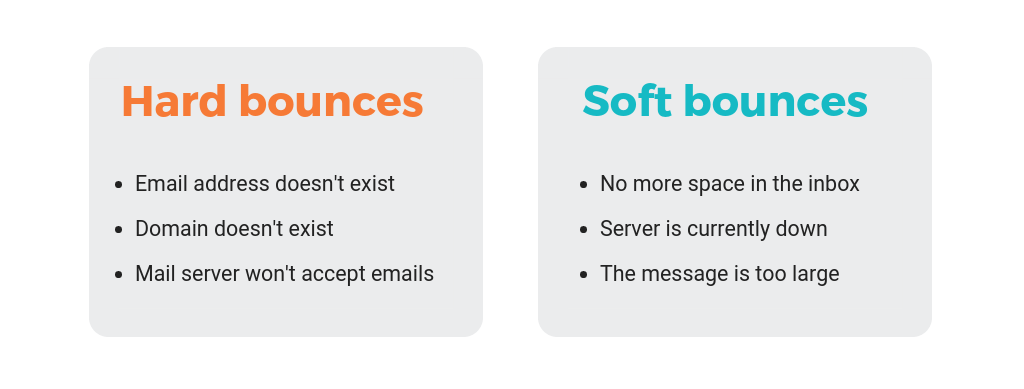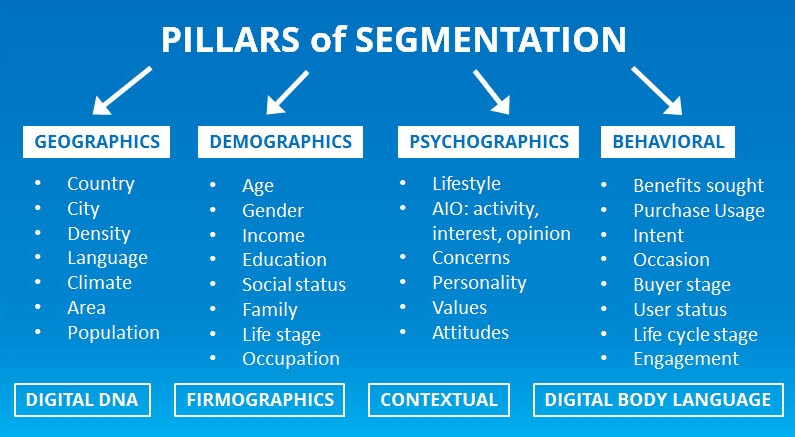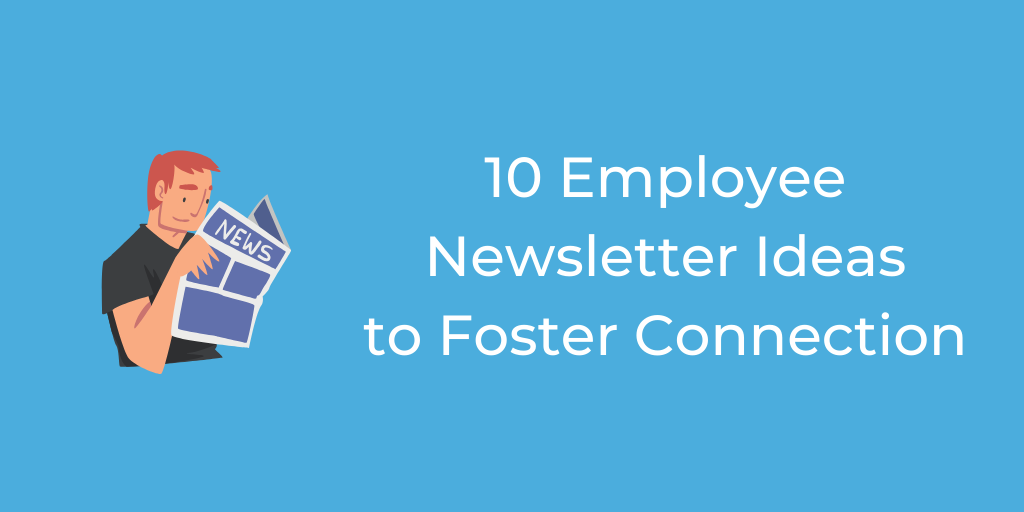Long Live Email – As Long as the Analytics Drive Your Decisions

In this age of social media, SMS messaging, AR/VR, and other cool ways to engage audiences, many claim that email marketing is rapidly becoming a thing of the past.
After all, email can be rather a slow way to communicate.
But as a marketing tool? Here are a few stats that should convince you that email is not just alive and well, but thriving:
- In the U.S., 85% of adults engage in email sending or reading
- 78% of teenagers use email. And the same study shows that in the 14-24 age range, over 50% buy things online via click-throughs from emails.
- Rate of deliverability of emails is about 98%. This means they are successfully delivered, not necessarily opened. But consider how many followers you may miss with a social media posting.
- The bad news is this: 53% of consumers state they get irrelevant emails and trash them or report them as spam. Obviously, a marketer’s work lies in this area.
- Email marketing ROI is definitely positive. All studies show that it performs better than social media and direct advertising. And a study by Email Monday states that for every $1 spent on email campaigns, companies can expect $38 in return.
It appears that email marketing can be highly effective. But only if it is done right.
How do you know if you’re doing it right? You use analytics to give you the data you need to move forward with what is working and change what is not.
First, decide on the goal for each email campaign you launch
You can’t measure anything unless you do it against what you are trying to achieve. Each campaign must have a goal – are you trying to convert leads into a customer?
Are you trying to grow your subscription base? Are you trying to get a click through to a special offer? Are you trying to get shares? Depending on your goal, you will know which metrics to actually track.
Here are the optional metrics you can track. You may not use them all with each campaign.
1. Open Rate
Sometimes marketers put too much importance on open rates. Lots of recipients may open your emails but never do anything beyond that. And your goal is never that they just open them.
You want them to do something, or there is no point in the email. The one thing open rate will tell you is the percentage of recipients who are still actively engaged with your brand.
And if your open rate is on the decline, then you know you need to do some other things to bring new subscribers on board and to improve your content, so that recipients do what you ask.
2. Click-Through Rate
If, in your email, you have asked the recipient to click on one or more links or to share the piece via a click, then you want to track that activity and get a percentage. For example, if you sent out 1,000 emails and got 50 click-throughs, then your rate is 5%.
3. Conversion Rate
This relates directly to the goal for your campaign. It measures not only click-throughs but the percentage who then actually completed the action you wanted them to take.
For example, if you offered a download, how many clicked through to that download and then actually downloaded the piece. If you offered a coupon code for a special discount, how many actually used the code and purchased the item?
Obviously, this metric is critical, because it is a key performance indicator (KPI) of you meeting your goal for the campaign.
4. Bounce Rate
We’ve all experience those “mailer daemon” or “undeliverable” messages. There are two reasons for this, and they are called “soft” or “hard” bounces.
Soft bounces occur when an inbox is full or when there is some other temporary condition that prevents delivery. In these instances, another attempt will be made to deliver the email when the event resolves.
Hard bounces are the result of an email address being permanently closed, or because the recipient has permanently blocked you.
You need to remove the hard bounces as quickly as possible. If you do not, the service provider may come to “see” you as a spammer and begin to send your emails to spam folders as opposed to inboxes.
5. Growth Rate of Your List
This is a figure you want to calculate if that is the goal of a specific campaign. And you are also seeking new subscribes other places as well, so this metric will be from a combination of sources.
The point is you do need to track it, so that you can ensure the list is continually growing. According to HubSpot, there is a 22.5% annual attrition rate of email lists, so there is lots of work to do if you are not replacing that plus adding more.
Purging
A word here too about purging your list. Assuming you are using a good email service provider, your analytics will show you who has not been opening your emails over a long period of time (let’s say 6 months). This means they are simply deleting out of lack of interest or have reported you as spam.
The thing is: a lot of people will not take the time to unsubscribe, even though you give that option in every email you send, right? They should be purged from your list, so you don’t keep looking spammy to email providers.
And you can put this segment into an inactive file if you want. Then, if you have a product(s) that is popular for certain holidays, you can shoot an email to that segment with special holiday deals.
6. Forwarding Rate
We often see special offers on social media and in blog posts. “Share this with five friends and receive a coupon for a 20% discount.”
You should be doing the same with your emails, by asking recipients to forward them, especially if there is important information or a special offer.
This metric is important because it is one way that you are able to grow your list. And if the forwarding rate is low or almost non-existent, then you know you have to do more with your content. If you get a good forwarding rate from a specific email, then you need to assess that content and do more of the same.
7. Share Rate
You should have share buttons to major social media platforms on every email. If you are getting a decent rate, maybe 3-4%, then you know you should do more of the same in terms of content. Again, sharing is a key way to get new subscribers.
8. Analytics by Segment
Here’s where things can get tricky. You have your list segmented into several categories – those to whom you are introducing yourself and your brand; those who have opened and yet taken no action; those who have taken some action but not purchased; and those who have purchased, etc.
You need all of these metrics divided by segments too. Your conversion goals will be different for each segment, and your content will vary as well. If you don’t do the analytics for each segment, then you don’t know what is going well and what is not, for each segment.
You may be doing a great job with your existing customers but not so great in getting the conversions you want for those who have not yet made a purchase.
Again, if you have the right email service provider, you should be getting these metrics.
Image source: EmailMonday
9. Tracking Your ROI
Another tricky metric to assess. For each email campaign you launch, you have one or more goals. Your ROI is the rate at which you have achieved those goals, and it is not necessarily money from sales.
Courting non-customers is a process, for example, and just getting a “subscribe” is a return on your investment. If you can then move those subscribers on down through your sales funnel with additional emails, then you ROI is still good.
ROI should be analyzed by conversions, not actual sales – remember this.
10. Foreign Audience Tracking
If your business has gone global and you have email campaigns in foreign languages, you will want to track their success as well.
Part of this process is first finding the right translation agency who can ensure that your emails are culturally appropriate, offer sharing to the most popular local social media accounts, etc.
Find a professional and reputable agency through Pick Writers, a website that offers objective evaluations of top-notch translation services. Once your emails are properly translated and launched, you can run the same metrics.
Getting the Metrics You Need
You do not have to do this by yourself. If you want to, though, Google Analytics is the place to go. You can “order” the reports you want, but be mindful that there is a pretty hefty learning curve here.
On the other hand, there are multiple email marketing service providers who will run all of these metrics for you and provide easily readable reports for you. It will definitely be a budget item, but probably well worth it.
Long Live Email Marketing
A lot has changed in recent years regarding email marketing campaigns. Savvy consumers on mobile devices are impatient and want to have what they want when they want it.
This goes for any email marketing campaign you launch. Give them what you promise, do it quickly and well, and you will get the conversions you want.
But tracking the metrics is the second most critical aspect of any email campaign. If you are not tracking the metrics listed above, you are simply throwing stuff against a wall and hoping some of it sticks.






